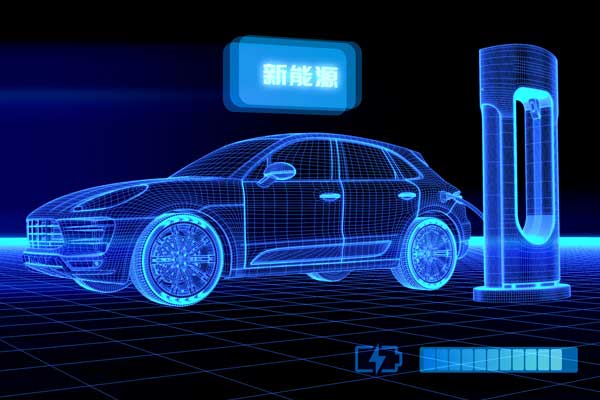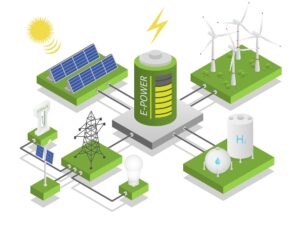Lithium Iron Phosphate (LFP) batteries are revolutionizing the global energy market, with Europe and North America looking to create robust domestic manufacturing bases in order to compete with those already established in Asia. Here we examine four critical topics which define LFP battery production in these regions.
Supply Chain Planning of LFP Materials
Benchmark Mineral Intelligence (2023) reports that China accounts for 75% of global LFP cathode material production. Europe and North America face significant competition from Asian countries like China in their LFP battery supply chains.
Western regions are investing in domestic production capabilities in order to reduce dependence and strengthen supply chain resilience, investing billions into battery material supply chains through initiatives such as the European Battery Alliance and U.S. Inflation Reduction Act respectively. ICL Group’s planned LFP cathode plant in Missouri seeks to further bolster this strategy while decreasing reliance on imports.
Addressing Technological Challenges of LFP Manufacturing
LFP battery manufacturing employs innovative processes and techniques, such as precise cathode synthesis, nanotechnology integration and carbon coating for conductivity improvement. Scaling these technologies locally across Europe and North America necessitates significant R&D investment.
Recent partnerships between academia and industry, like Tesla’s partnership with several U.S. universities, aim to improve manufacturing efficiency and energy density of LFP batteries. According to Nature Materials (2023), these developments could reduce production costs by 15% over five years, making domestic manufacturing more cost-competitive.
Expanding Domestic LFP Markets
Europe and North America have experienced rapid expansions of electric vehicle (EV) adoption as well as energy storage systems (ESS), creating an important domestic market for LFP batteries. According to BloombergNEF forecasts, annual adoption will grow 25% per year until 2030 with LFP batteries playing an essential part in cost-effective models.
LFP batteries have seen increasing adoption within the ESS sector due to their long lifespans and safety advantages, with projects like California’s Moss Landing Energy Storage Facility as prime examples of their effectiveness at supporting renewable energy integration.
Domestic Production Brings Environmental and Economic Benefits
Establishing LFP manufacturing facilities in Europe and North America not only increases energy security but also brings environmental and economic advantages. Domestic production can reduce carbon emissions associated with long-distance transport of materials and finished products.
According to a 2023 report by the European Environment Agency, localized LFP battery production can help cut emissions by 30% and create thousands of high-skilled jobs while meeting sustainability goals. Michigan and Germany could benefit greatly from establishing these manufacturing plants which could have huge economic growth implications while meeting sustainability goals simultaneously.
Conclusion Establishing a sustainable LFP battery manufacturing base in Europe and North America is both strategic and economic imperative. By addressing supply chain dependencies, investing in advanced manufacturing technologies, capitalizing on domestic market expansion opportunities and prioritizing sustainability measures, these regions can become leaders in the global LFP battery market.
Policymakers, investors and industry leaders must foster innovation by encouraging collaborations and capitalizing on regional strengths to establish an efficient LFP battery industry that remains competitive and sustainable over time.





